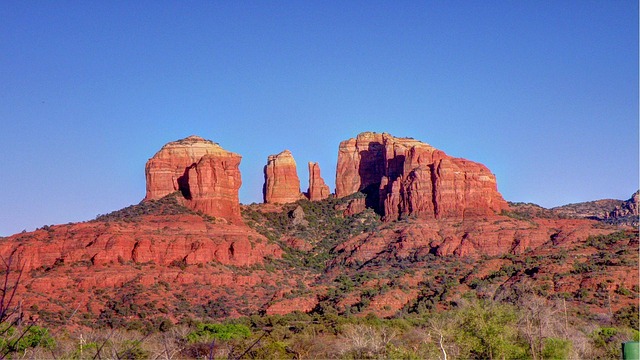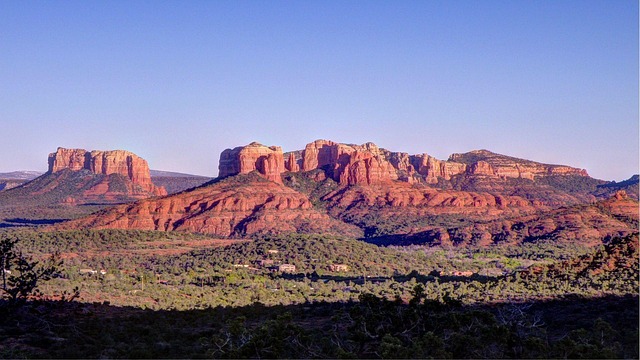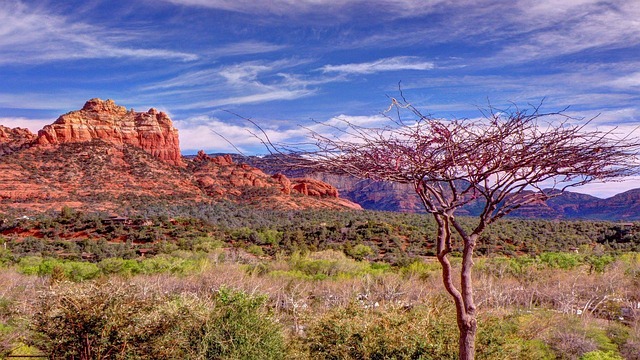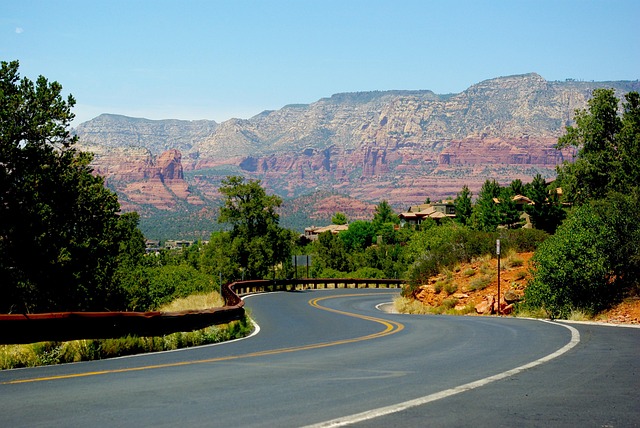Red Rock Paradise, a global tourist attraction known for its stunning geological landscapes, has seen its real estate market boom due to high demand for accommodations near popular attractions. This surge has led to a construction boom, offering both opportunities and concerns about affordability and preserving the area's natural charm. Developers are responding with innovative properties catering to unique experiences, while discussions around sustainable development gain traction. Balancing economic growth with nature preservation is key to ensuring these landscapes thrive for future generations, integrating eco-friendly practices like responsible land use planning and water conservation.
Red rock paradises, with their stunning landscapes of vibrant reds and rugged textures, have become magnets for tourists worldwide. This natural charm, often showcasing breathtaking vistas and diverse ecosystems, is transforming local real estate markets. As travel demands surge, understanding the balance between sustainable development and preserving nature’s beauty becomes crucial. This article explores these dynamics, delving into how responsible tourism can drive growth while ensuring the longevity of these unique landscapes for future generations, with a focus on the key role of real estate market adaptations.
The Natural Charm: Red Rock Paradise and Its Alluring Landscape

Red Rock Paradise, with its breathtaking landscapes, is a haven for nature enthusiasts and a growing attraction for tourists worldwide. This geological marvel showcases a vibrant tapestry of red rocks, carved by time and weather, creating a spectacle that’s both majestic and mystical. The area boasts a diverse terrain, ranging from towering cliffs to sprawling canyons, offering an unparalleled experience for visitors seeking solace in the great outdoors.
The allure of Red Rock Paradise extends beyond its natural beauty; it’s also a real estate gem. The region’s unique characteristics inspire a sense of wonder and have sparked interest among developers and investors. With luxurious accommodations nestled amidst the stunning scenery, this paradise offers more than just a fleeting glimpse—it invites you to immerse yourself in an experience that blends the serenity of nature with modern comforts.
Tourism's Impact: How It Shaping the Local Real Estate Market

The influx of tourists flocking to this red rock paradise has had a significant ripple effect on the local real estate market. As word spreads about this breathtaking destination, property values are soaring, attracting investors and homeowners alike. The demand for accommodations near popular tourist attractions is at an all-time high, leading to a boom in construction projects, from luxury resorts to cozy bed-and-breakfasts. This surge in tourism has opened up new opportunities for locals to cash in on the growing market, but it also raises concerns about affordability and preserving the area’s natural charm amidst the development.
Tourists’ desire for immersive experiences often drives the need for unique real estate options, such as vacation rentals or homes with scenic vistas. As a result, developers are responding by creating innovative properties that cater to this market demand. However, with increased tourism comes challenges like traffic congestion and pressure on local infrastructure, prompting discussions about sustainable development practices within the industry.
Sustainable Development: Balancing Growth with Preserving Nature's Beauty

In the pursuit of sustainable development, the balance between economic growth and preserving nature’s beauty is a delicate act. As tourist attractions like red rock paradises gain popularity, the pressure on local landscapes increases. Real Estate developments often spring up to cater to growing demand, but it’s crucial to integrate these projects with environmental conservation efforts. By adopting eco-friendly practices, communities can ensure that their natural wonders remain intact for future generations to enjoy.
This balance is essential for creating a harmonious coexistence where tourism thrives while the unique aesthetics and ecological value of these paradises are preserved. Implementing sustainable strategies, such as responsible land use planning, water conservation, and promoting eco-conscious tourism practices, can help maintain the integrity of these natural treasures, fostering a thriving industry that respects and protects the environment.






